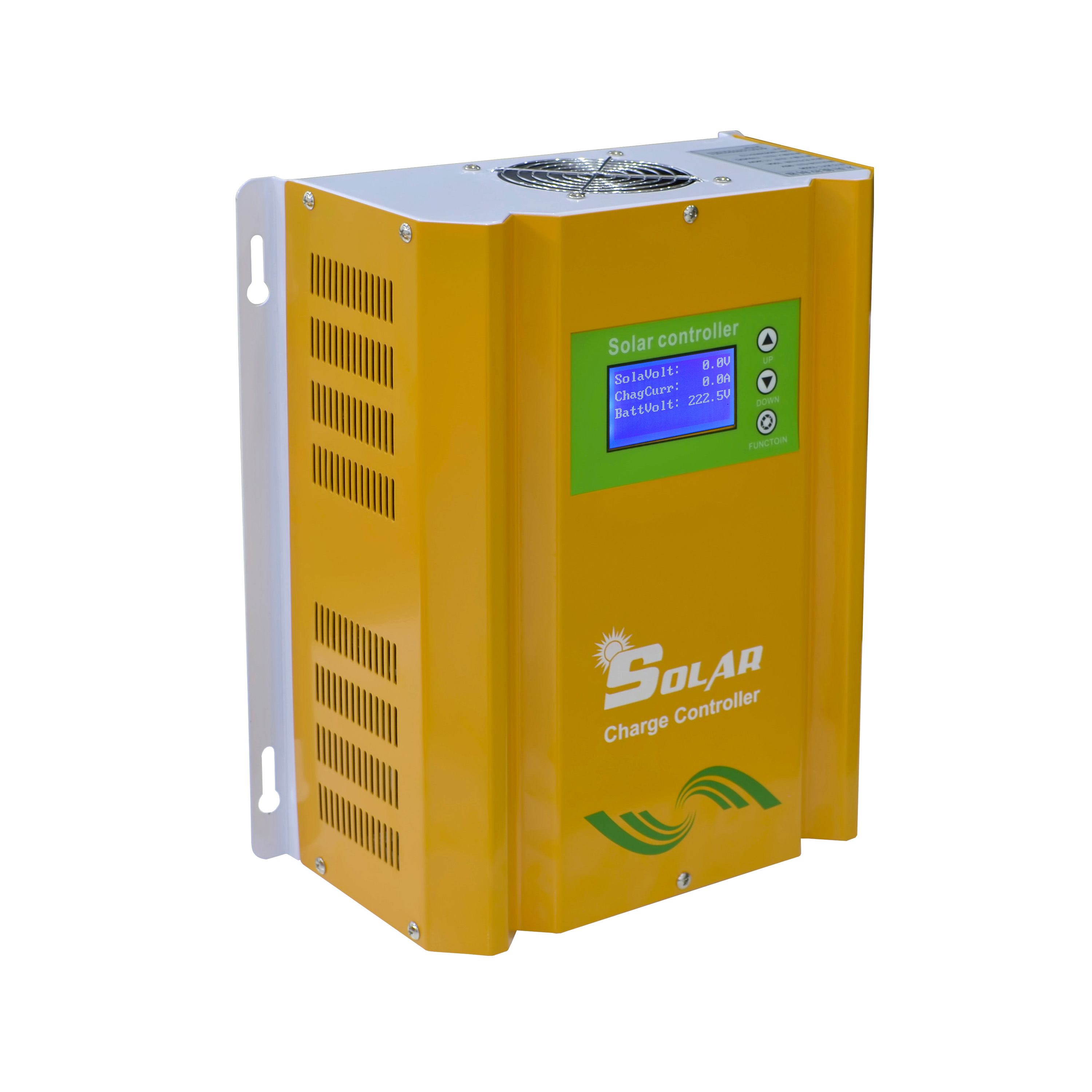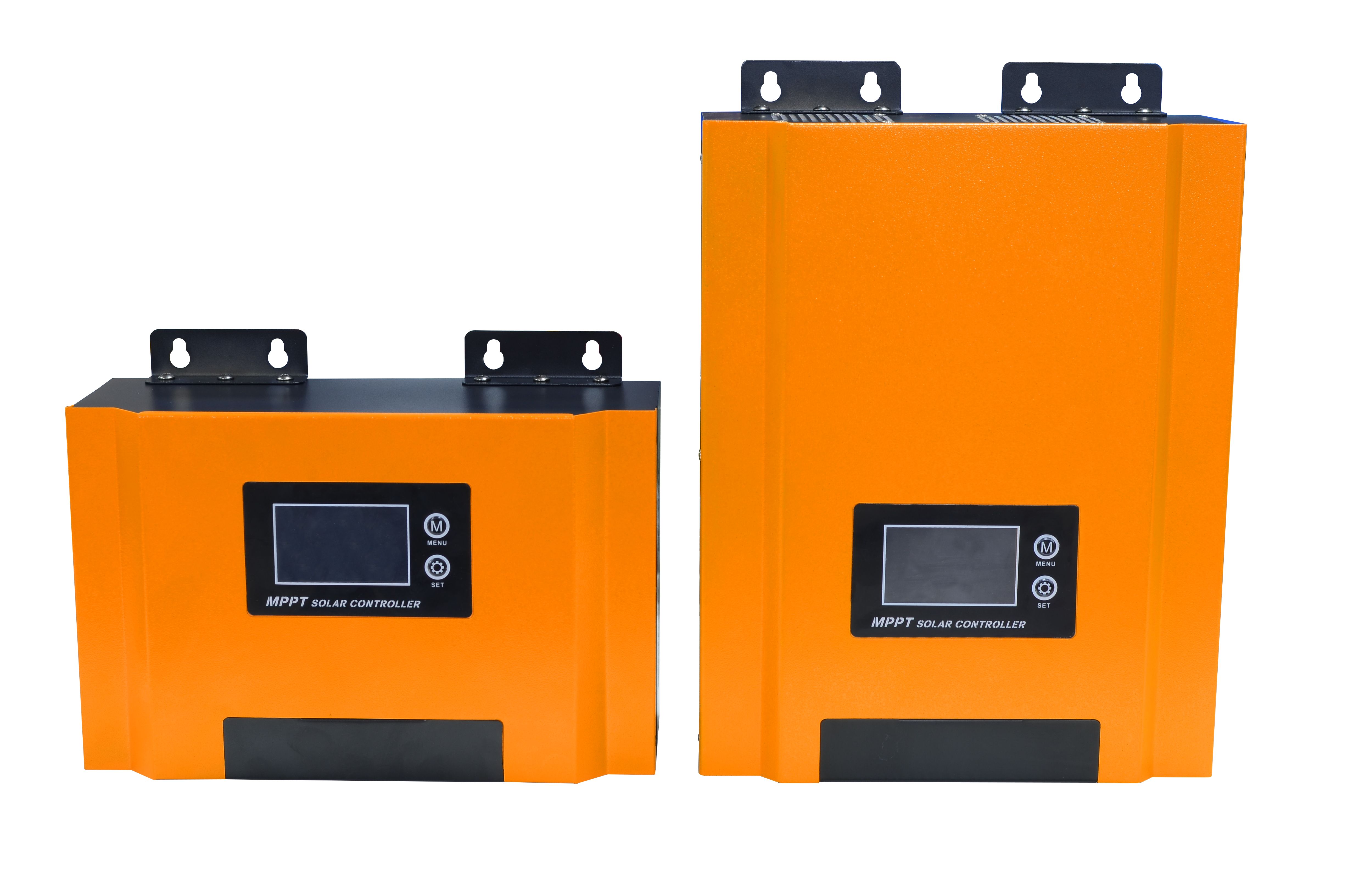
Telephone / WhatsApp:
+86 18924874907

Hybrid Solar Inverter Charger Manufacturer
○16-year experience ○Factory wholesale ○OEM/ODM
Welcome to the website of Guangdong Xindun Power Technology Co.,Ltd.
PRODUCTS
Guangdong Xindun Power Technology Co.,Ltd.
|
Details
Position:
Home>
Details
PMW photovoltaic controller and MPPT photovoltaic controller
Date: 2019-08-22
Click: 9914
In the solar off-grid system, the function of the photovoltaic controller is to store the electricity from the photovoltaic module in the battery after transformation. Besides, it also has the functions of protecting the battery and preventing the battery from overcharging.
In the solar off-grid system, the function of the photovoltaic controller is to store the electricity from the photovoltaic module in the battery after transformation. Besides, it also has the functions of protecting the battery and preventing the battery from overcharging. At present, there are two main technical routes of the controller: pulse width debugging (PWM) and maximum power point tracking (MPPT). Each mode has its advantages and disadvantages, which can be selected according to different scenarios.
1. PWM Controller Early photovoltaic controllers were all PWM, which had simple electrical structure. The controller consisted of a power main switch and capacitor, as well as drive and protection circuit. The output voltage was controlled by the duty cycle of the PWM of the switch. The PWM controller has only one switch between the solar array and the battery panel. As the battery fills up gradually and the battery voltage increases, the PWM controller will gradually reduce the amount of power supplied to the battery. The photovoltaic output will be different according to the maximum power output. The PWM controller has the function of battery charge and discharge management, which can prevent the battery from overcharging and discharging. Because there is only one switch between the solar module of PWM controller and the storage battery, and there is no inductance and other voltage devices in the middle, the voltage of the module is about 1.2-2.0 times that of the storage battery. For example, the input voltage of the module is between 30-50V for 24V storage battery. Each series can only be equipped with one module and 48V storage battery. The input voltage of the component is between 60 and 80V, and only two components can be assigned to each string.
2. MPPT Controller MPPT controller is the second generation solar controller. Compared with PWM controller, MPPT controller has one more inductor and power diode, so its function is more powerful. First, it has the maximum power tracking function. During the battery charging period, the solar module can output the maximum power unless the battery reaches saturation state. Second, the voltage range of the photovoltaic module is wide, and there is a power switch and inductor circuit in the controller. The voltage of the module is 1.2-3.5 times that of the battery. If it is a 24V battery, the input voltage of the module is between 30 and 80V, one or two components can be allocated in each series. If it is a 48V battery, the input voltage of the module is between 60 and 110V, and two or three components can be allocated in each series.
Xindun Power, a professional manufacturer of solar controller, provides you with reliable, safe and efficient photovoltaic product, professional, timely and effective pre-sale and after-sales service, escorting your power plant! |










